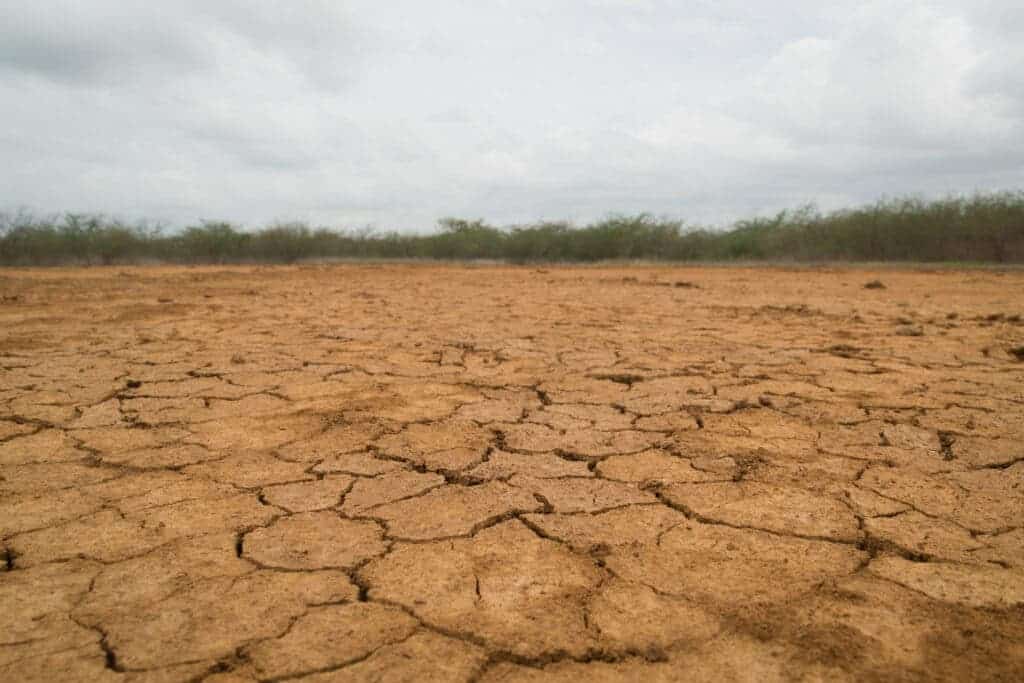Human-induced soil erosion is a serious threat to global sustainability, endangering global food security, driving desertification and biodiversity loss, and degrading other vital ecosystem services, researchers say. According to a new study, erosion is affecting the longevity of the soils across the world.

Soils have underpinned the health and longevity of every society. They are a critical global resource, providing the basis of food production and storing and filtering our water resources. Soils also represent the largest organic carbon store and a platform for economic development. But pressures on the soil resource grow as food demands rise and land degradation increases.
To date, 36% of the world’s cultivable land has been farmed and in many areas of the world, conventional plow-based agriculture is accelerating local soil degradation. The UN estimates that 66% of the world’s soils suffer from some form of degradation. Human-induced erosion is estimated to outpace soil formation, which means we now have thinner soils.
“Our soils are critically important and we rely on them in many ways, not least to grow our food”, said lead author Dan Evans in a statement. “There have been many headlines in recent years suggesting that the world’s topsoil could be gone in 60 years, but these claims have not been supported with evidence. This study provides the first evidence-backed, globally relevant estimates of soil lifespans.”
A study by Lancaster University in collaboration with researchers from Chang’an University in China, and KU Leuven in Belgium, looked at soil erosion data from around the globe, spanning 255 locations across 38 countries on six continents. They calculated the time it would take for the top 30 cm of soil to erode at each location—the soil lifespan.
They focused on that top layer of the soil as it’s usually rich in nutrients and organic matter, making it important for growing fibers, food, feedstock, and fuel. In their study, they included soils that are conventionally farmed as well as those managed with soil conservation techniques. That way they can see how changes to land-use practices can alter the lifespan of soil
The findings showed that 90% of the soils conventionally farmed around the world were thinning, with 16% having a lifespan of less than a century. At these sites, soil erosion is a significant threat to the soil’s capacity to grow food, support ecosystems, store and regulate water, cycle carbon and nutrients, and thus to the overall functioning of the soil system.
But there were reasons to be optimistic. The study showed soils managed with conservation strategies had a longer lifespan, promoting soil thickening. Only 7% of the conservation plot dataset had lifespans of less than 100 years, with nearly half exceeding 5,000 years and 39% exceeding 10,000 years
“Soil is a precious resource and we can’t afford to lose that much over a human lifetime,” said co-author Jess Davies in a statement. “We have the tools and practices to make a difference—employing the appropriate conservation methods in the right place can really help protect and enhance our soil resource and the future of food and farming.”
The researchers suggested using a set of strategies to extend soil lifespans and promoting annual soil gain, such as conservation and zero till practices, contour cultivation and terracing. These extend soil lifespans and may promote soil thickening, increasing the potential for water, carbon and nutrient storage, and thereby soil conditions.
The study was published in the journal Environmental Research Letters.
Was this helpful?



